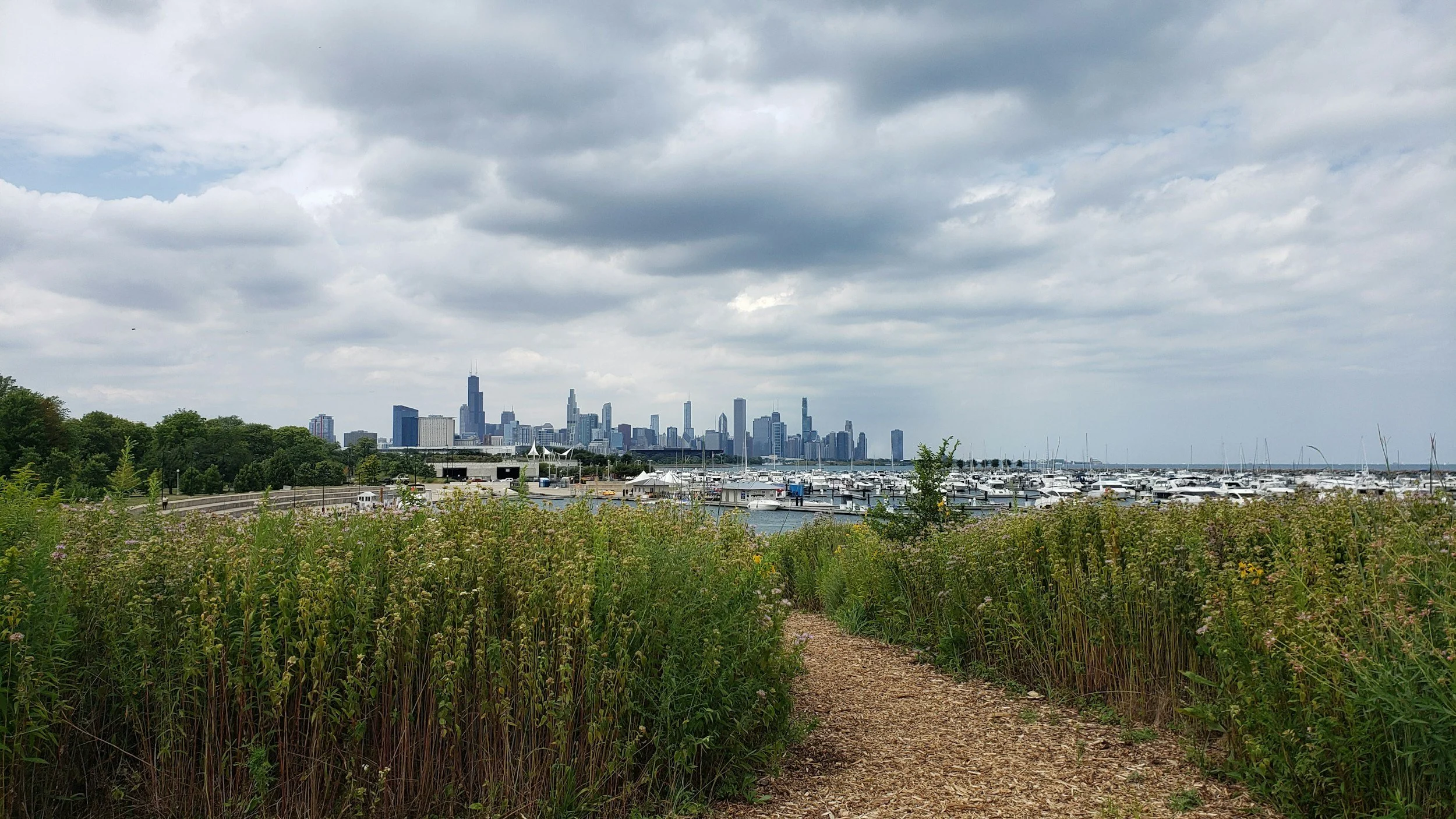BRINGING NATURE HOME
community-based reconciliation ecology

Most of the planet’s land is dedicated to human use — growing crops, grazing livestock, building homes and serving industry. What if we used this land in ways that also meet the needs of other species — at least the ones that can tolerate our presence? We do not need to pave over every inch of city. We do not need gardens filled with non-native ornamental plants that cannot support native insects. We certainly do not need endless acres of ecologically sterile lawn — North America’s most resource-intensive crop. To quote entomologist Doug Tallamy:
“If Americans replanted half of their lawns with native plants, shrubs and trees, we would have more wildlife habitat than all the national parks combined.”
The choices we make now will literally seed the future, impacting the landscape for generations to come. While one isolated garden of native plants makes little difference, an “island chain” of gardens connecting natural areas to forest preserves and beyond would have huge impact. Building wildlife corridors and pollinator pathways can effectively reconnect our fragmented landscape — but they require us to work together, as organizations and as individuals.
